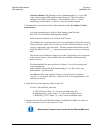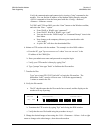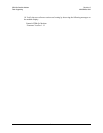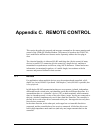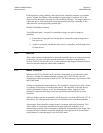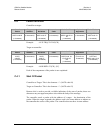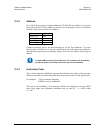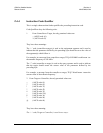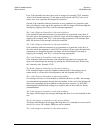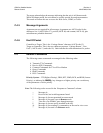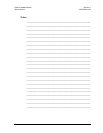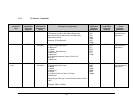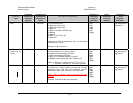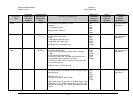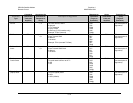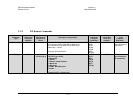
CDM-Qx Satellite Modem Revision 4
Remote Control MN/CDMQx.IOM
C-6
First, if the controller has sent a query code to a target (for example TFQ?, meaning
‘what’s the Transmit frequency?’), the target would respond with TFQ=xxxx.xxxx,
where xxxx.xxxx represents the frequency in question.
Second, if the controller sends an instruction to set a parameter to a particular value,
then, providing the value sent in the argument is valid, the target will acknowledge the
message by replying with TFQ= (with no message arguments).
The ? code (Target to Controller) is only used as follows:
If the controller sends an instruction to set a parameter to a particular value, then, if
the value sent in the argument is not valid, the target will acknowledge the message by
replying (for example) with TFQ? (with no message arguments). This indicates that
there was an error in the message sent by the controller.
The * code (Target to Controller) is only used as follows:
If the controller sends an instruction to set a parameter to a particular value, then, if
the value sent in the argument is valid, BUT the modem will not permit that particular
parameter to be changed at that time, the target will acknowledge the message by
replying (for example) with TFQ* (with no message arguments).
The ! code (Target to Controller) is only used as follows:
If the controller sends an instruction code which the target does not recognize, the
target will acknowledge the message by echoing the invalid instruction, followed by
the ! character with. Example: XYZ!
The # code (Target to Controller) is only used as follows:
If the controller sends a correctly formatted command, BUT the modem is not in
remote mode, it will not allow reconfiguration, and will respond with TFQ#.
The ~ code (Target to Controller) is only used as follows:
If a message was sent via a local modem to a distant end device or ODU, the message
was transmitted transparently through the local modem. In the event of the distant-end
device not responding, the local modem would generate a response e.g. 0001/RET~,
indicating that it had finished waiting for a response and was now ready for further
communications.
The $ code (target-to-controller) is only used as follows:
The target acknowledges the message indicating that there is no card installed in that
slot.
The @ code (target –to-controller) is only used as follows:
The target acknowledges the message indicating that a Tx command was sent to an Rx
card or vice-versa. For example: TFQ was sent to a demod.
The ^ code (target-to-controller) is only used as follows:



